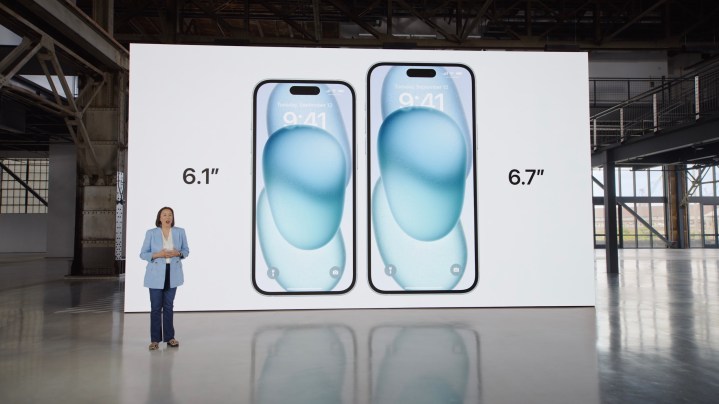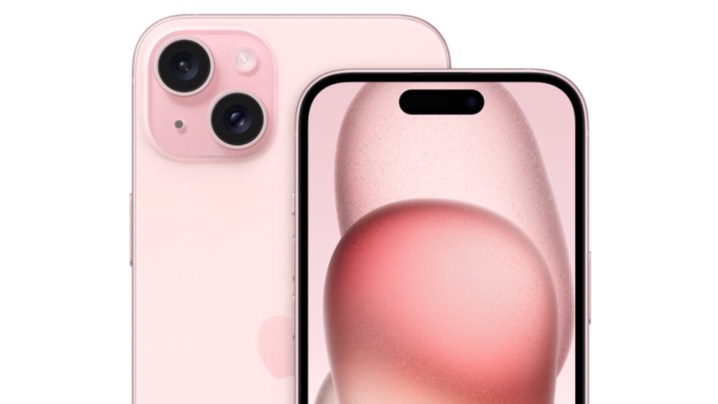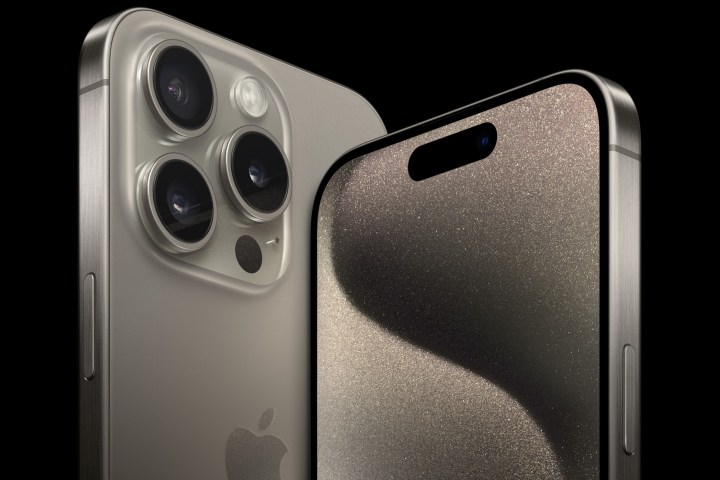
Whether you’re looking at the iPhone 15 or iPhone 15 Pro, Apple’s newest handsets offer brilliant OLED displays. However, not surprisingly, one of the pairs has a better screen than the other.
Understanding display refresh rates is crucial when it comes to smartphones. Generally, a higher refresh rate means a better display. In the smartphone industry, you’ll primarily encounter two refresh rates: 60Hz and 120Hz. This means the screen’s images are updated 60 or 120 times per second. In addition, some handsets now offer 144Hz and 240Hz — but that’s not yet the case for Apple smartphones.
This year’s iPhone is available in 60Hz and 120Hz variants, depending on the model you choose. All four were announced at Apple’s big iPhone 15 event on September 12.
Does the iPhone 15 have a 120Hz display?

Neither the iPhone 15 nor iPhone 15 Plus offer a 120Hz display, just like the iPhone 14 and iPhone 14 Plus. Instead, their Super Retina XDR displays are limited to a 60Hz refresh rate. But it’s not all bad news.
The iPhone 15 and iPhone 15 Plus still offer a seamless experience despite not having a 120Hz refresh rate. This is thanks to Apple’s various iOS 17 optimizations, which provide a smoother experience compared to other phones with similar refresh rates. These models also come with the Dynamic Island, which was not present in last year’s iPhone 14 and iPhone 14 Plus models. Additionally, the iPhone 15 and 15 Plus both have brighter displays than their predecessors, now going all the way up to 2,000 nits instead of the previous 1,200 nits maximum.
Does the iPhone 15 Pro have a 120Hz display?

Apple has once again limited the 120Hz display to its Pro lineup of smartphones. This means that the iPhone 15 Pro and iPhone 15 Pro Max do come with a Super Retina XDR display with 120Hz ProMotion technology — just like the iPhone 14 Pro and iPhone 14 Pro Max that came before them. This feature provides an adaptive refresh rate ranging from 1Hz to 120Hz, resulting in a smoother visual experience versus the iPhone 15 and iPhone 15 Plus models.
You’re unlikely to notice any differences in the refresh rates between the iPhone 15 and iPhone 15 Pro unless you compare them. This is similar to comparing smartphone display sizes; you may not be aware of how big or small your display is until you see it next to another device.
Choosing the more expensive iPhone 15 Pro over a regular iPhone 15 model probably won’t depend on your need or desire for ProMotion. The heftier price is also because the Pro models have better cameras and chips, a tougher build quality, more available storage, and other extras.
Pros and cons of screen refresh rates

Smartphone displays with higher refresh rates offer a more immersive experience for gaming and video watching while also providing smoother scrolling and animations. Some people even believe that higher refresh rates lead to less eye strain.
However, there are a few downsides to consider. First, devices with higher refresh rates consume battery power faster, which can concern users who need their phones to last all day. And not all smartphone content supports higher refresh rates. Finally, some apps may not work well with higher refresh rates, which can result in a less-than-optimal experience.
If you want the absolute best display available on an iPhone, the iPhone 15 Pro and iPhone 15 Pro Max will be the way to go. But if you’re OK living with a 60Hz screen (and you probably are), you can’t go wrong with the iPhone 15 or iPhone 15 Plus — even without the 120Hz treatment.
Editors’ Recommendations
Credit: Source link


Comments are closed.